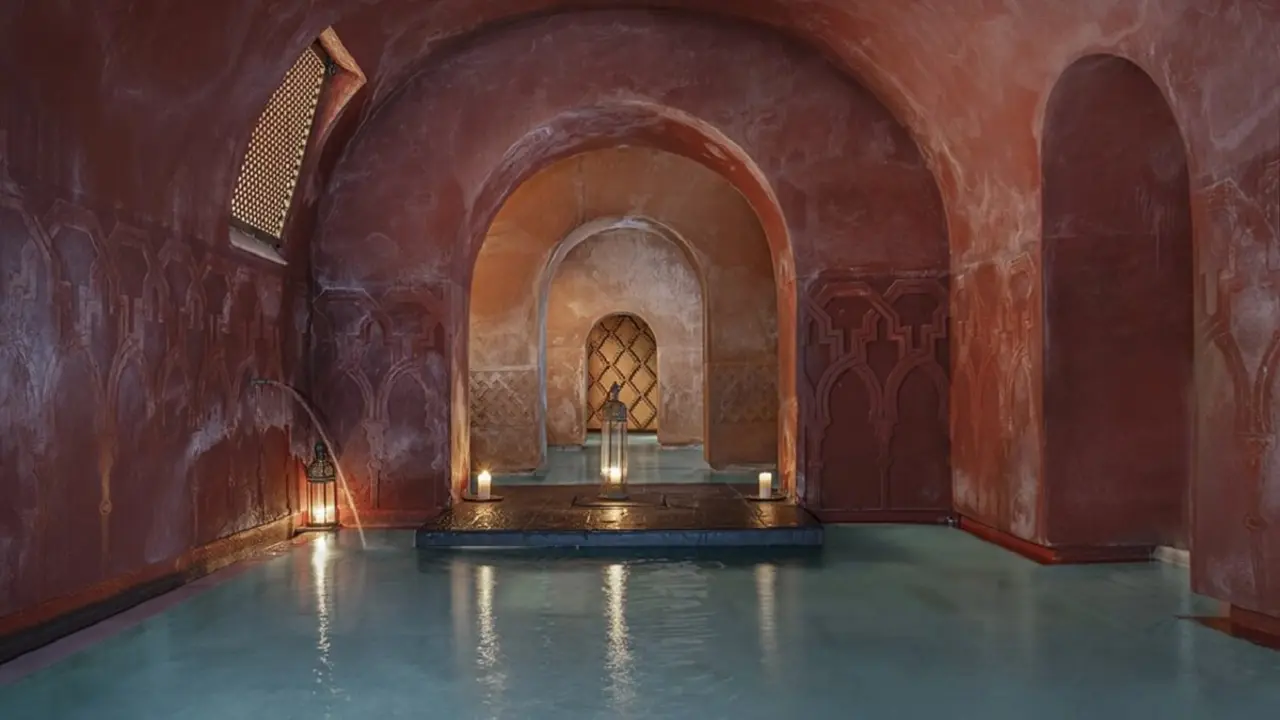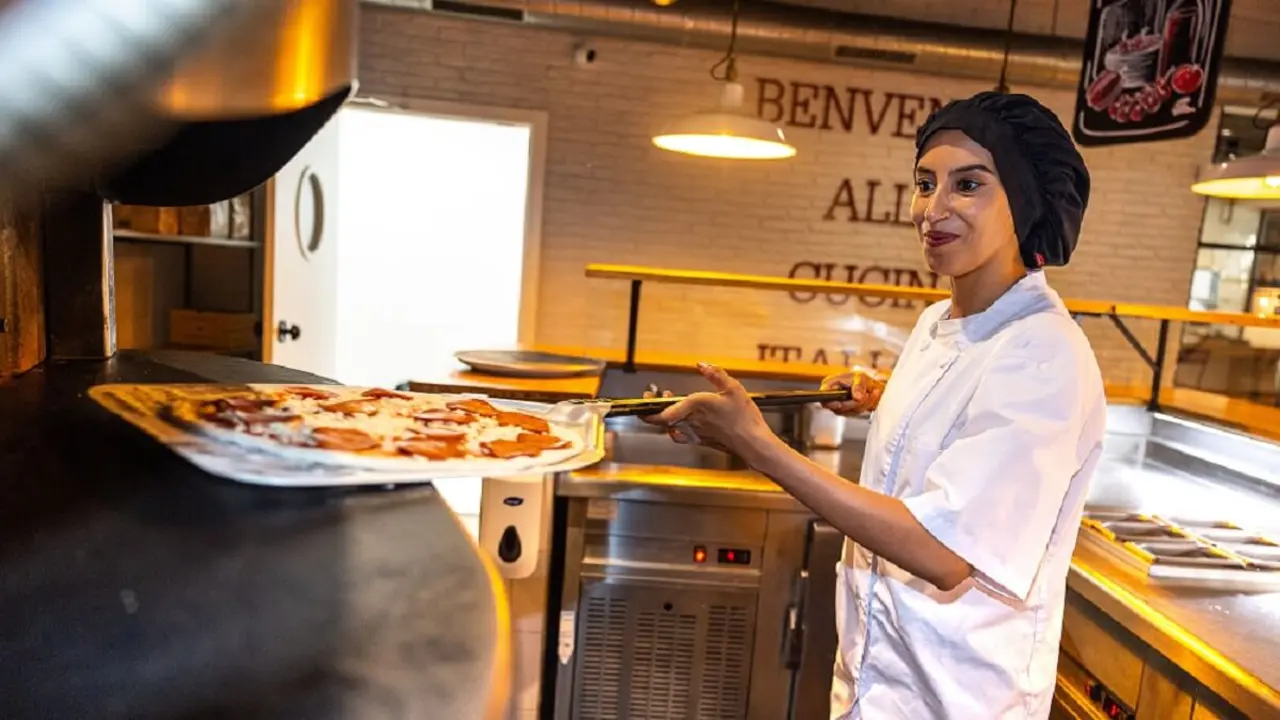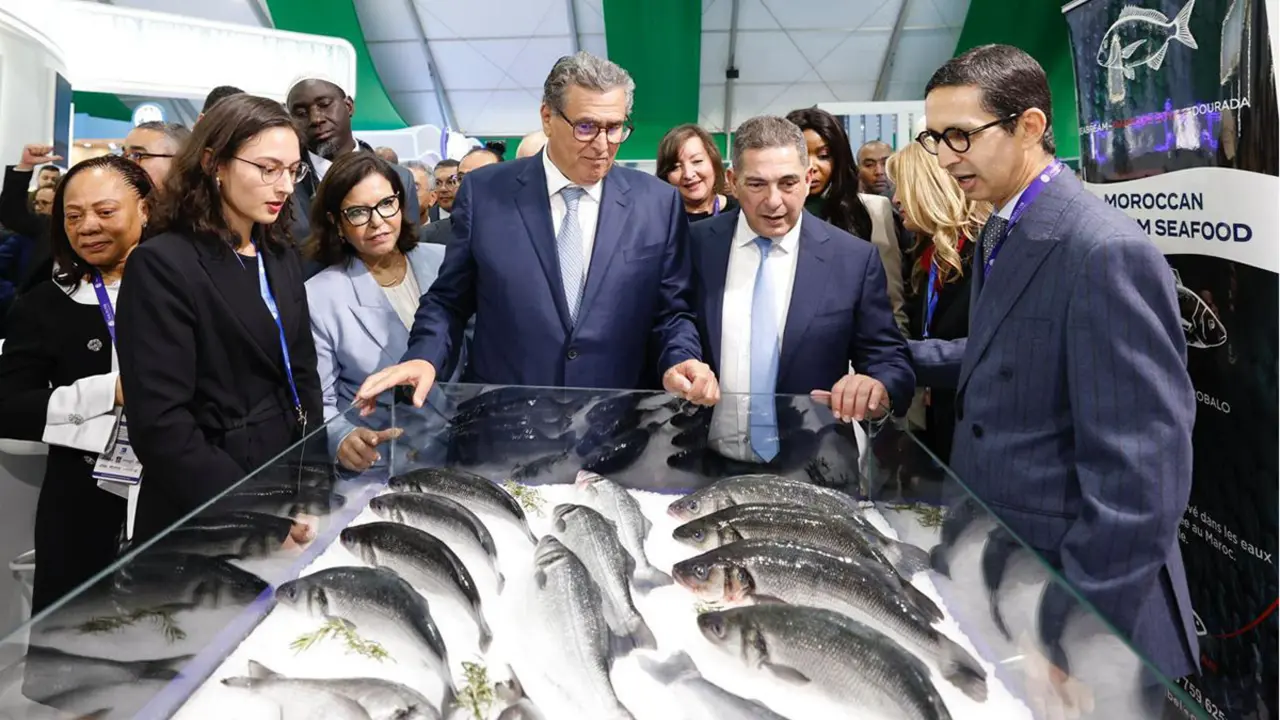Donald Trump is about to cancel the U.S. mortgage with Vladimir Putin's Russia

NASA is preparing to write a new page in its history book. Such is the importance of the event that is going to take place in a few days at the Kennedy Space Center in the state of Florida that President Donald Trump himself is going to travel from Washington to witness it live and in person.
Next Wednesday, May 27, at 22:33 Spanish peninsular time, the National Aeronautics and Space Administration, the all-powerful and famous NASA, has scheduled the launch of the Falcon 9 launcher of the company SpaceX the first space mission that returns to the United States the capacity and autonomy for their astronauts to access space.
That day, if there are no technical or climatic problems, NASA astronauts Doug Hurley and Bob Behnken will sit in the Dragon 2 capsule, also from SpaceX - a company owned by billionaire Elon Musk, the creator of the Tesla electric cars - to take off for the International Space Station as part of the second demonstration mission or Demo-2, following the success of the unmanned Demo-1 in March 2019.

Douglas Hurley is a test pilot and Marine Corps colonel who has made two shuttle flights, the last of which was on the final mission of Atlantis. Like his fellow traveller, Bob Behnken is a colonel, but in the Air Force, and has also flown the shuttle twice and taken six spacewalks.
As mission commander, Douglas Hurley is responsible for making decisions on launch and flight phases to the ISS and on descent and splashdown in the North Atlantic. Bob Behnken is the chief of operations, with responsibility for the approach and docking stages to the space station and subsequent separation when his time on board is complete.

If the outbound flights to the orbital complex and the return to Earth go as the Agency's engineers hope they will, Donald Trump will be just a few days away from paying off the mortgage that the United States has held with Vladimir Putin's Russia for some nine years. And NASA will only have a few more flights to make to certify the spacecraft as operational for manned space travel.
Since the middle of 2011, American astronauts have had no choice but to travel to the International Space Station with the Russians and on board their Soyuz launchers and capsules... against payment.
According to official documents from NASA's Inspector General, the Agency has paid a total of $4.9 billion from 2006 to the current year for a total of 82 seats on board the Soyuz spacecraft. This is an average per seat of 59.75 million, with prices ranging from 21.3 in the early years to around 90 million nearby.

The new Dragon 2 capsule that aims to end the Russian quasi monopoly will take about 20 hours to reach the vicinity of the orbital complex. The capsule has a system to be coupled in automatic mode to the ISS, but the first option chosen by NASA is to be done manually, something that has not been practiced in orbit yet. Once achieved, the capsule will serve as an emergency vehicle, as well as the Soyuz that remains docked there.
The two new American tenants will join the permanent crew living on the ISS, their compatriot Chris Cassidy and the Russians Anatoly Ivanishin and Ivan Vagner. But while the newcomers will remain on board only until mid-September if all goes well, their companions will remain in space until October.
On their return to Earth and after a detailed analysis of all the data and reports from the outbound and return journeys, NASA will apply the lessons learned on the next qualification flight. Classified as US Crew Vehicle 1 or USCV-1, its crew will be formed on this occasion by four astronauts, one of them Japanese, and will not leave for space until September or October of this year.

But even if both missions are successful, NASA will still not rule out the use of Russian Soyuz spacecraft. The Agency plans to make two more flights during 2021 to verify the total reliability of the Dragon capsules and their in-flight escape system, a key safety measure in case a launch presents problems that endanger the lives of the astronauts on board. Thus, it will not be until at least 2022 that Washington decides to dispense with the Russian Soyuz rockets and capsules definitively.
Since July 21, 2011, when the space shuttle Atlantis landed on the long runway at Cape Canaveral Air Base, the United States has had no vehicle capable of carrying astronauts to and from the ISS and relies solely on Russia.

The NASA space shuttle programme was sentenced to death after the Columbia disaster of February 1, 2003, in which the seven astronauts on board were killed. One year later, on January 14, 2004, President George W. Bush announced the withdrawal of the space shuttles from service. Two years later, he authorized his astronauts to use the Russian manned Soyuz spacecraft to access the Russian space station Mir.
It was not until the presidency of Barack Obama that administrator Charles Bolden, an Air Force general and former astronaut, launched the CCDev (Commercial Crew Development) project in 2010, which later led to the CCP (Commercial Crew Program), to encourage private initiative to design a new spacecraft to travel to the ISS.

In September 2014, NASA selected Boeing's CST-100 Starliner and SpaceX's Crew Dragon as the winners of the CCP program, and funded $4.2 billion and $2.6 billion, respectively, for their development, two test flights and six missions to the ISS. But both are several years behind schedule.
In the case of Boeing, the first automatic, unmanned flight of the CST-100 was made on December 20. But the spacecraft did not find its way loaded into the onboard computer to reach the ISS and the mission was aborted.
The repeat flight is scheduled for autumn this year and the first demonstration mission with three astronauts is scheduled for 2021. It should be noted that NASA spends between three and four billion dollars each year to maintain its presence on the ISS.








